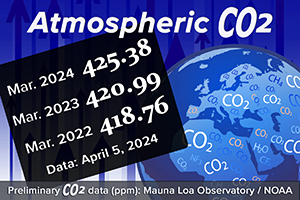The 52:52:52 project, launching on this site and on social media in 2025, will help you address 52 issues with 52 responses over 52 weeks.
Global
People are living longer almost everywhere
In 1960, the average life span globally was 52.6 years. Today it’s 72 years. The reasons include improvements in child survival, expanded access to healthcare (including widespread vaccination), and people being lifted out of extreme poverty.
The sun can supply all our energy needs
The sun beams down enough energy to supply the entire world’s electricity needs more than six times over.
Steep decline in infant deaths
The death rate of babies under the age of one has fallen steeply in the last few decades. It's now probably at its lowest ever rate in human history. That’s thanks to many modern public health victories: better sanitation, more access to clean drinking water, enhanced nutrition, and the improved education of women.

Karl-Erik Sveiby on aboriginal cultures:
- Treading Lightly: The Hidden Wisdom of the World's Oldest People
- The First Leadership? The non-hierarchical model of the Australian Aborigines
- Aboriginal Principles for Sustainability
- Keep All Alive!. An Aboriginal model for Sustainability
- Nhunggabarra Knowledge Painting and story.
On Midsummer Eve

We can be at our most reflective, and perhaps society could be at its most reflexive, around St John's Eve and the other, similar seven calendar points...
Goin' ridin' down by Avalon
Would you meet me in the country
In the summertime in England
Would you meet me?
In the Church of St. John . . .
Down by Avalon . . . .
- from Summertime in England, by Van Morrison
"The MLO" is the Mauna Loa Observatory in Hawaii, USA. This is the famous but remote station where scientists have been measuring CO2 in the air for the longest time. Data at Mauna Loa produced the iconic Keeling Curve. The pioneering work of Charles David Keeling provided key, new insights about how the earth system works.










